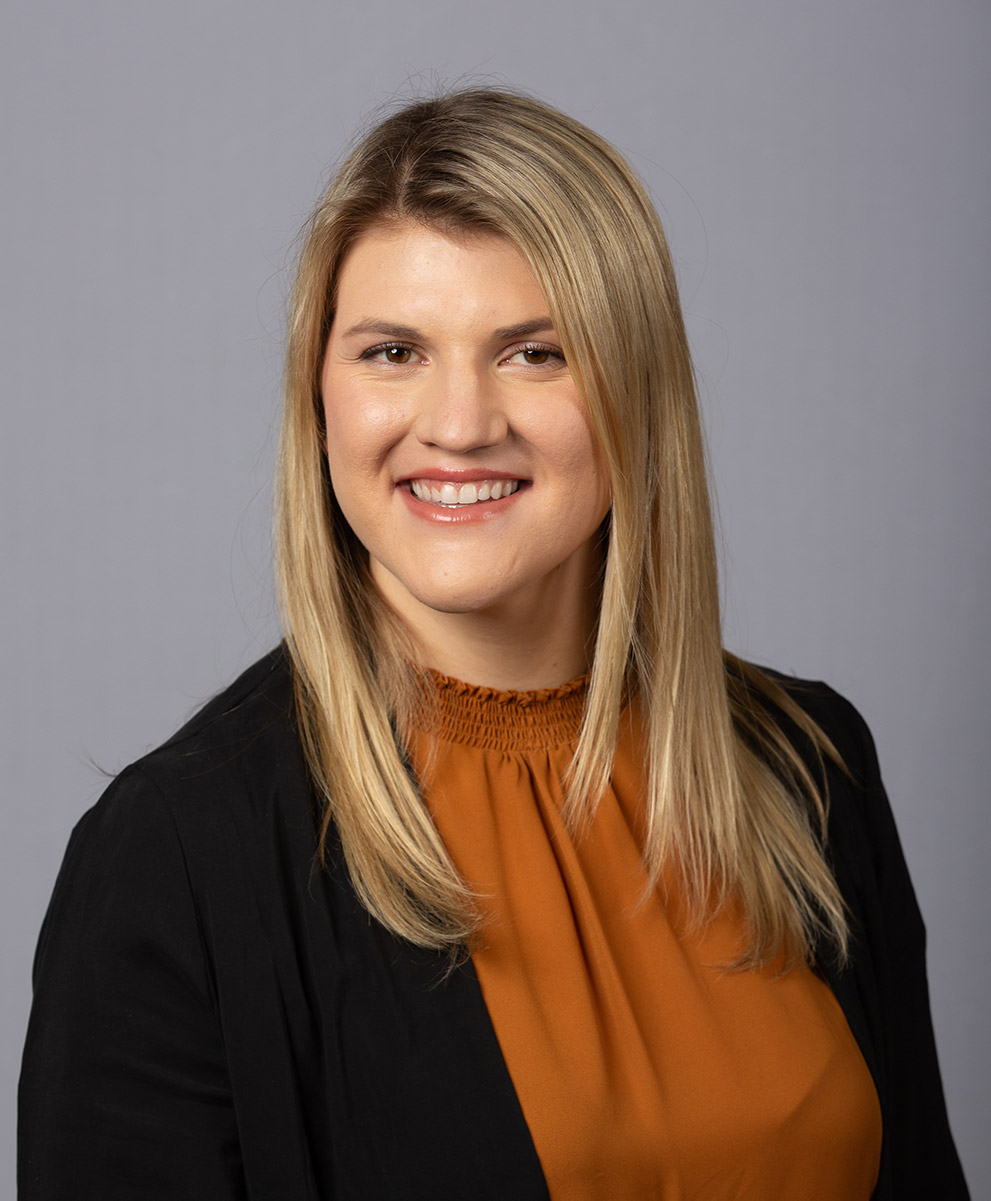Sometimes the smallest actions can have an unexpectedly big impact.
For Kelly Scharlau, this small action was noticing a flyer advertising an upcoming course. The impact? Discovering a fulfilling career path.
The flyer advertised ENGR525: Intellectual Property and Invention Systems taught by Steve Simske, a professor in systems engineering with over 200 patents to his name.
“I really love to learn and have always been a strong technical writer. I was worried with a traditional engineering job I would get caught up in spreadsheets and numbers,” Scharlau said.
After taking Simske’s class, she thought differently. “I felt like I could apply what I know and learned in school, in tangible ways for inventors and solve problems.”
Applying engineering skills to patent law

Scharlau graduated in May 2019 with a bachelor’s degree in chemical and biological engineering and a second bachelor’s in biomedical engineering. She now works as a registered patent agent for Dierker and Kavanaugh P.C., an intellectual property law firm located in Troy, Michigan.
“Serendipitously, my now-bosses emailed Simske and asked him if he knew anyone who was skilled in chemistry, who would be interested in working for a small, woman-owned firm,” Scharlau said. “I told him that would be my dream job, and the rest is history.”
After a year in this position, Scharlau passed the patent bar exam, allowing her to represent clients before the United States Patent and Trademark Office as a registered patent agent.
“The patent examination bar is open to most natural science and engineering fields,” Scharlau said. “You do not need a law degree or any background in law to sit for the exam.”
Working with new technologies
A typical workday for Scharlau consists of drafting patent applications from invention disclosures or responding to arguments of patentability made by the US Patent and Trademark Office.
She also spends time doing background research to familiarize herself with the new technology and current state of the fields she works in. Her specialties are in biochemistry, chemistry, applied biosciences, materials, and related fields.
Because many of the technologies she works with are new and not easily found on Google, Scharlau relies heavily on the problem solving and research skills she learned as an engineering student.
“In engineering, there are almost always multiple ways to work a problem, and the answer is not usually very straightforward,” Scharlau said. “Being able to work through the nuance and approach a problem from different angles has been crucial for me to find the best ways to protect an inventor’s intellectual property.”
Advice for engineering students entering industry
For students who are graduating soon, Scharlau suggests taking time to find a job that calls out to them and is something they will really enjoy doing, even if it doesn’t have engineer in the title.
“Be willing to find something you love to do, or something that combines your strengths, and make it work,” Scharlau said.
Scharlau’s journey is a perfect example of combining strengths to find the right job.
“I find my work to be extremely rewarding and challenging in the best way,” Scharlau said. “Engineers are particularly well suited for patent law because we are critical thinkers, integrate knowledge well, and can think of diverse answers and arguments that may not be apparent to others.”